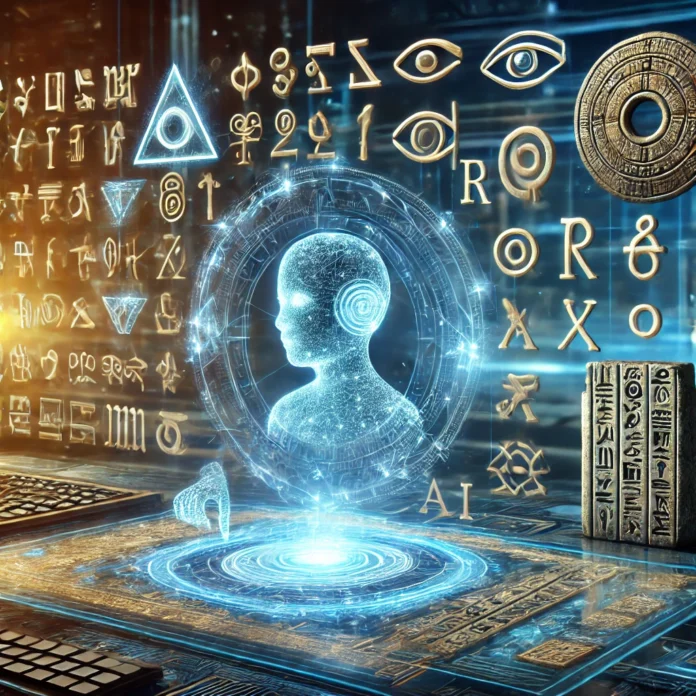The study of ancient languages has long been a challenging yet fascinating field, offering glimpses into humanity’s distant past. However, many ancient tongues remain shrouded in mystery, with incomplete records or no surviving speakers to guide linguistic reconstruction. In recent years, Artificial Intelligence (AI) has emerged as a powerful tool in decoding and reviving these lost languages, breathing new life into historical texts and cultural heritage.
The Challenges of Reviving Ancient Languages
Deciphering ancient languages involves interpreting fragmented inscriptions, faded manuscripts, and cryptic symbols, often without the benefit of modern linguistic parallels. Traditional methods rely heavily on cross-referencing related languages, analyzing cultural context, and painstaking manual work by scholars. While these approaches have yielded remarkable results, progress is often slow, and some languages remain undeciphered, such as Linear A from the Minoan civilization or the Proto-Elamite script from ancient Iran.
AI as a Linguistic Archaeologist
AI has the potential to revolutionize this field by processing vast amounts of data with unprecedented speed and accuracy. Machine learning models, particularly those specializing in natural language processing (NLP), can identify patterns, connections, and structural features in ancient scripts that might elude human researchers.
For example, researchers from MIT and Google used AI to analyze ancient cuneiform tablets, one of the earliest known writing systems. By training AI models on related languages, such as Akkadian, the system could make educated guesses about missing words and grammatical structures in Sumerian texts. Similarly, AI algorithms have been employed to interpret Egyptian hieroglyphs, where they assist in deciphering less common symbols and damaged inscriptions.
Reviving Lost Voices
One of AI’s most exciting contributions is its ability to simulate how lost languages might have sounded. By analyzing linguistic patterns and phonetic systems in related languages, AI can reconstruct plausible pronunciations, offering a glimpse into how ancient peoples communicated. This auditory reconstruction helps bring history to life, fostering a deeper emotional connection to ancient cultures.
For instance, AI models have been used to recreate the sounds of Old Norse and Proto-Indo-European, allowing linguists and historians to approximate how these ancient languages were spoken. This capability is particularly valuable in cultural and educational settings, where immersive experiences can engage broader audiences.
Preserving Cultural Heritage
The revival of ancient languages is not merely an academic exercise; it holds profound cultural significance. For communities with ancestral ties to these languages, AI-driven linguistic restoration can serve as a bridge to their heritage. It can help reconnect modern descendants with their historical roots, promoting cultural pride and identity.
Organizations like UNESCO and nonprofit groups dedicated to preserving endangered languages are beginning to integrate AI into their efforts. By combining AI technology with traditional linguistic expertise, they aim to preserve not just ancient texts but also the knowledge and values embedded within them.
Limitations and Ethical Considerations
Despite its potential, AI has limitations. It relies on existing data, so completely extinct languages without records remain beyond its reach. Additionally, ethical concerns arise when cultural artifacts are digitized and analyzed without the consent of descendant communities. Balancing technological innovation with cultural sensitivity is essential for ensuring ethical applications of AI.
Conclusion
AI is transforming the study of ancient languages, enabling researchers to decode texts, reconstruct pronunciations, and preserve cultural heritage at an unprecedented pace. While challenges remain, the synergy between AI and human expertise promises a future where the voices of the past can once again be heard, enriching our understanding of humanity’s shared history.





